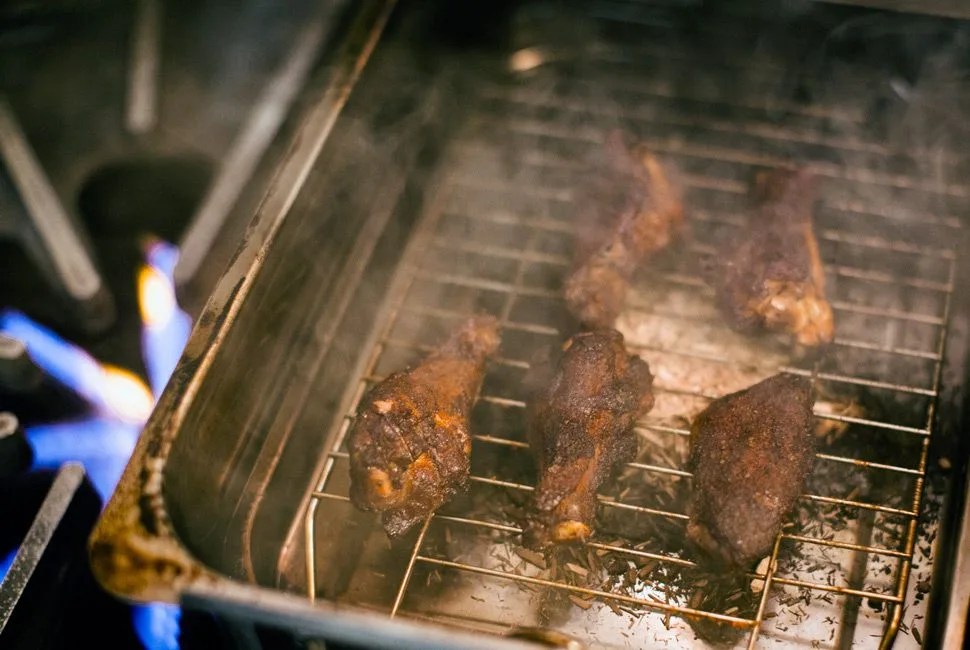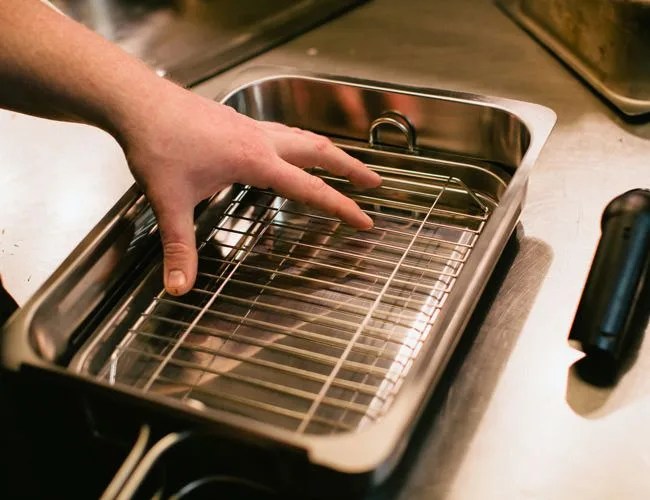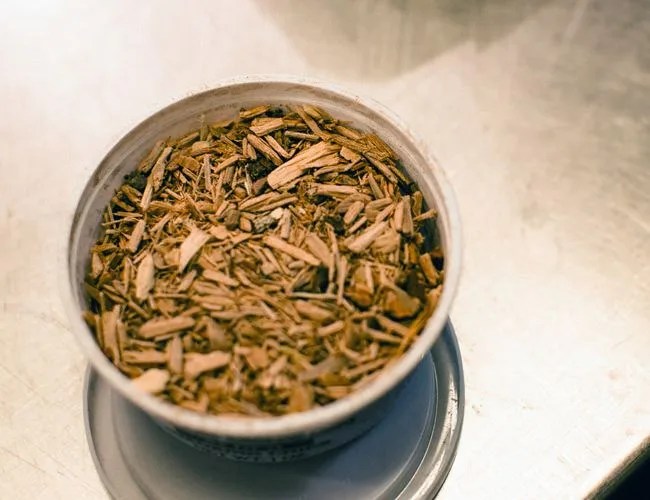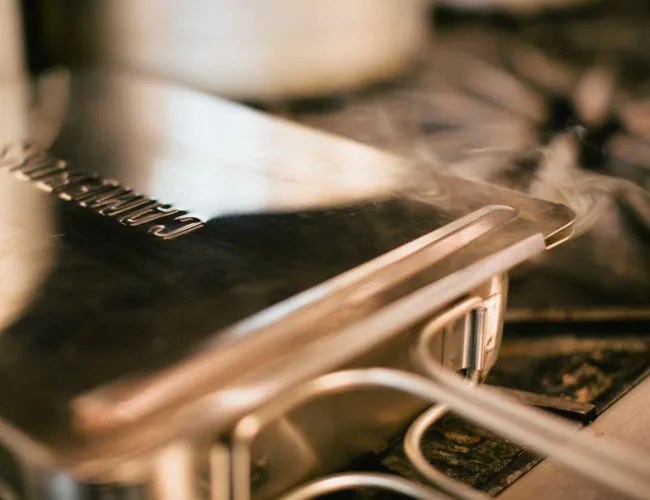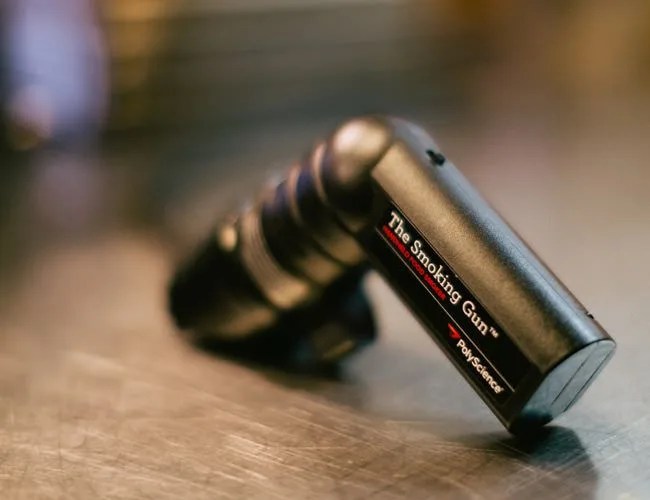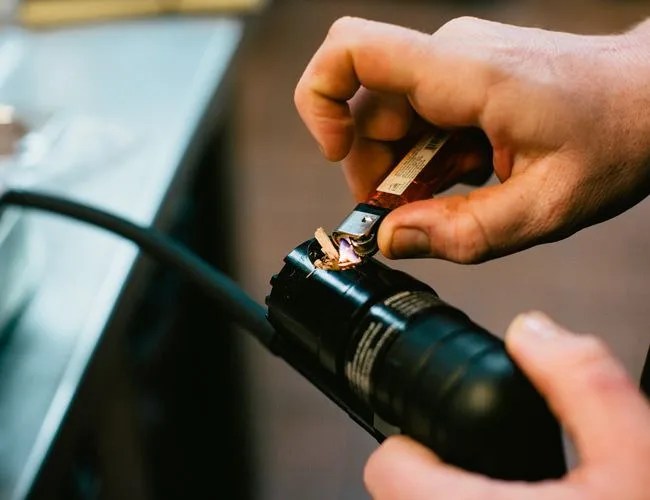Smoking is an ancient method of preserving and preparing food. Used in tandem with curing and salting, the antioxidants in wood smoke extend the shelf life of perishable (not to mention valuable) foods — especially meats. The preservative effects of smoke are largely irrelevant to most of us today, but the taste isn’t: smoke imparts a pretty darn good flavor, color and texture during the cooking process we call “barbecue” (unless you’re from California and think grilling is barbecue).
If the pits of Central Texas aren’t in your backyard, you can, of course, make it at home. But there are obstacles — time and infrastructure, mainly. Barbecue takes a long time to make. A piece of meat in excess of 10 pounds can cook at 200 degrees Fahrenheit for 12 to 16 hours. And then there’s the smoker. You can build your own, or there are plenty of options that will fit on a patio — particularly vertical water smokers that don’t take up much more space than a charcoal grill.
But what if space is really tight and all you have is your kitchen? There’s two options: the stovetop smoker and the smoking gun. We met with chef Ash Fulk, Culinary Director of the Hill Country restaurants in New York and Washington, D.C., to figure out how we could smoke better in small spaces.
The Stovetop Smoker
A Mini-Pit in the Kitchen
